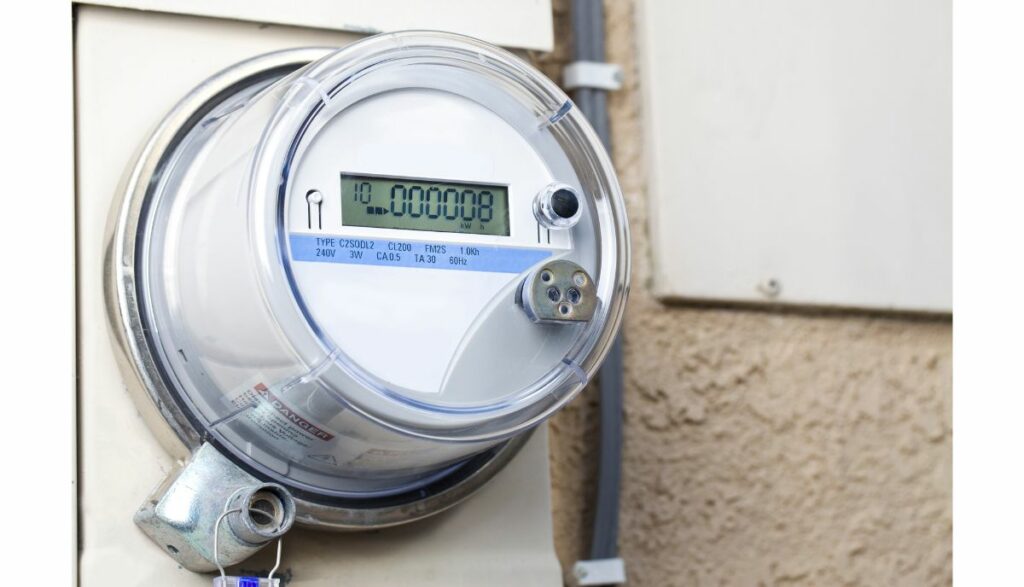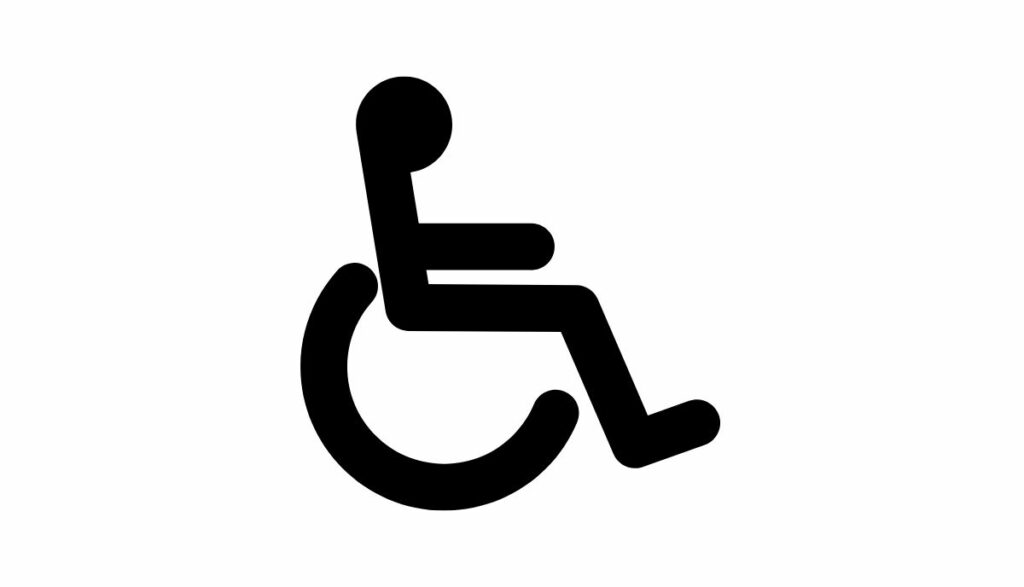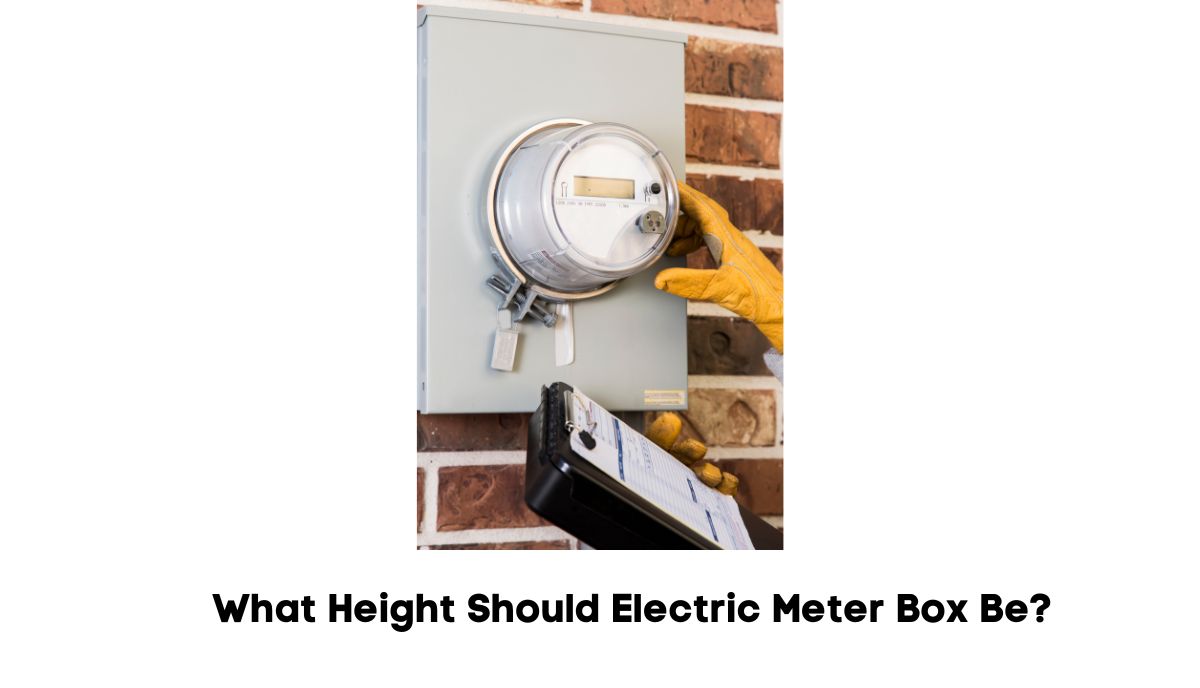You can’t install an electric meter box without first identifying a suitable location for it. But even when you find a fitting place, an inspector may penalize you for installing the meter box at the wrong height. But that raises a question. What is the correct height for a meter box?
In the UK:
- The maximum height is 1800mm between the box’s top and the ground level.
- The minimum height is 450mm between the bottom of the box and the ground.
- They discourage consumers from installing the meter box inside, at the rear of the house, on the sides, or behind gates and fences. They’ve also warned against meter box installations in a garage or porch and under the window.
If you live in the United States instead of the UK, Cimarron Electric’s regulations are more relevant to your situation because the company extracted them from the NFPA. The State of Oklahoma took the NFPA’s rulings into account before reaching the following conclusions:
- Maximum Height – Five feet Six Inches (Between the ground and the metal enclosure’s top).
- Minimum Height – Thirty inches (Between the ground and the metal enclosure’s bottom).
If you’re looking for a definitive maximum and minimum height, National Electric Code is silent on this issue. It provides some guidelines for contractors to apply while selecting a suitable location.
However, most of them use industry standards that specify a minimum height of four feet (between the ground and the bottom of the meter), an ideal height of five feet (between the floor and the center of the box), and a maximum height of six feet (between the ground and center).
Unless your utility company has placed the meter box at a position higher than six feet to discourage people from tapping into the top, aim for a height of 4 – 6 feet. The height matters because it achieves two objectives:
- The maximum height makes the meter accessible. This is important because the utility company routinely sends technicians to take meter readings. An electric meter box that requires a ladder to access is a hazard.
- The minimum height protects the meter box from water. You don’t want water to enter the box during a flood. The minimum height keeps the meter box out of harm’s way.
The inspector may overlook your decision to ignore the recommended maximum and minimum height if the meter box’s location ticks the boxes above.
Factors To Consider How High Should Meter Box Be
If your local authorities are silent on this issue, and you don’t trust local electricians to guide you, how can you determine the correct height for a meter box? Use the following factors to make the best decision:
1). Accessibility And Safety

This guide from the Colorado River Agency (Bureau of Indian Affairs) emphasizes the importance of providing accessibility when you install a meter. They want consumers to maintain a clear working space of 36 inches around the meter box.
The guide includes diagrams that reveal these measurements. Don’t position the meter in a location that limits an electrician’s access. For instance, a meter box in a cramped space is unacceptable.
You may get away with placing the device indoors in some regions, but the practice is prohibited for the same reasons. Utility providers want to know that their technicians can access the meter at all times.
Obstructions in the vicinity may compel you to raise the meter above the recommended height to improve accessibility. Utility providers would also prefer to keep meter boxes out of the reach of young children and elements such as flooding water and accumulating snow on the ground.
Keep in mind that meters belong to the utility company. They usually maintain, repair, and replace these devices for free. Therefore, they will recommend a maximum and minimum height that protects their meter.
2). Local Building Codes And Regulations
Local and national regulations rarely specify the maximum and minimum height for a meter box. They will encourage you to provide sufficient room that gives an electrician easy access to the meter.
But they are unlikely to enforce a specific height. But that doesn’t mean you should guess. The utility company will recommend a fitting maximum and minimum height for their meters. These recommendations may vary from location to location.
Therefore, you should consult your energy provider beforehand, especially if you’ve chosen to install the meter yourself. If you expect the utility provider’s electricians to install the meter box, these considerations don’t matter to you. Let the electrician make the decision based on their experience and knowledge of the industry’s standards and practices.
3). Special Considerations Such As Ada
Certain locations are a bad idea regardless of whether or not you’ve applied the correct height recommendations. For instance:
- Any location you can only access via a trap door.
- Surfaces with intense and frequent vibrations.
- Elevated areas.
- Basements.
- Under a stairway.
- Under a ramp.
- Rooms with mechanical equipment.
- Unsanitary locations.
- Behind a door.

Some local regulations may compel you to account for the disabled. If the homeowner is disabled, the electrician may take that factor into consideration while installing the meter box. After all, the homeowner might want to access the meter.
4). Weather Conditions And Environmental Factors
You need to protect the meter. While many utility companies repair and replace meters for free, they may penalize you if the meter fails because it is too high or too low. If you have a warranty, they will void it.
And if you have insurance, your insurer will investigate the situation to determine whether your actions contributed to the harm the meter sustained. To protect yourself from unnecessary expenses, keep the following in mind:
- The minimum height is essential. On the one hand, placing the meter closer to the floor allows individuals in wheelchairs to reach it. On the other hand, bringing the meter closer to the floor allows water to enter the box during a flood. Therefore, you should stay within the range the utility provider recommends.
- Locations that expose meters to moisture, corrosive chemicals, dust, and heat are risky. For instance, you can install a meter in a basement so long as you remember that basements are prone to excessive heat and moisture. They are more likely to flood, and the meter box’s height should reflect this problem.
- Keep an eye on the doors in the vicinity. You don’t want an open door or window to obscure the meter. You can relax some rules related to accessibility where smart meters are concerned because they communicate directly with the energy provider. You don’t have to check them routinely to record their readings.
- Keep an eye on the surface beneath the meter. You need a stable surface to support the meter for the next two decades. Don’t hesitate to raise or lower the meter slightly if the surface beneath the meter at the correct height is unreliable.
- Use weatherproof meter boxes. You need a robust enclosure that repels water, snow, UV rays, and more without trapping heat. Strong enclosures are necessary for properties that expose electric meters to rugged environments. A durable, weatherproof enclosure gives you more options when selecting a suitable location.

